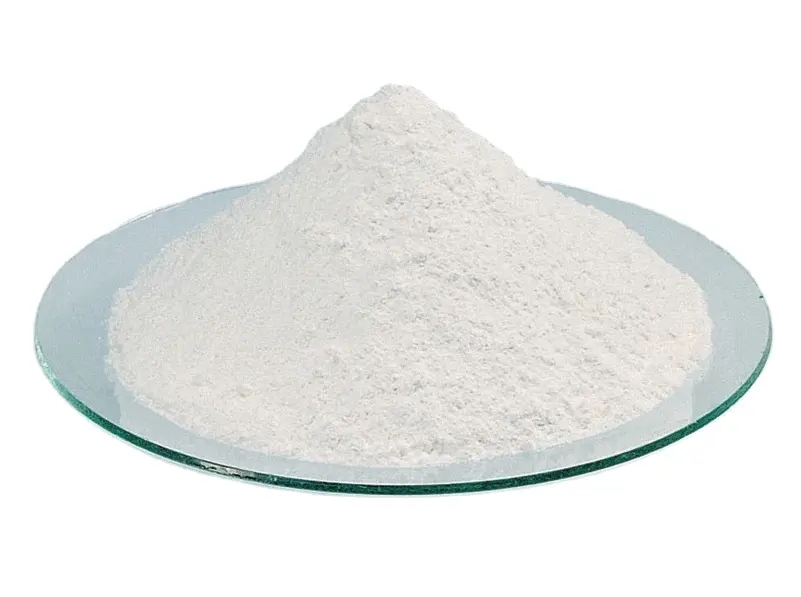
Okt . 17, 2024 15:22 Back to list
Exploring Different Types of TiO2 and Their Applications in Industry
Understanding the Different Types of Titanium Dioxide (TiO2)
Titanium dioxide, commonly referred to as TiO2, is a white, opaque powder that has found applications in various industries. Known for its excellent opacity and brightness, TiO2 is primarily used as a pigment in paints, coatings, and plastics. However, titanium dioxide is not a monolithic compound; it exists in several different crystalline forms, each with its own unique properties and uses. The two most prominent types of TiO2 are Anatase and Rutile, while another lesser-known form is Brookite. This article will explore these different types of TiO2 and their applications.
1. Rutile Titanium Dioxide
Rutile is the most stable and widely used crystalline form of TiO2. Characterized by its high refractive index, Rutile is sought after for its superior opacity and brightness. This variant accounts for a significant portion of the TiO2 market, particularly in the manufacturing of paints and coatings, plastics, and paper. Rutile TiO2 exhibits excellent resistance to UV radiation, making it particularly useful in outdoor applications where durability and color retention are critical.
In addition to its pigmentary properties, Rutile TiO2 is also utilized as a photocatalyst in environmental applications. Its ability to facilitate chemical reactions when exposed to light allows it to be employed in water purification systems and air purification technologies. Furthermore, Rutile TiO2 finds application in the cosmetic industry, especially in sunscreen formulations, due to its effective UV-blocking capabilities.
Anatase is the second most common crystalline form of titanium dioxide. While it has a lower refractive index and opacity compared to Rutile, Anatase possesses unique properties that make it advantageous for certain applications. Notably, Anatase TiO2 is known for its photocatalytic activity, which surpasses that of Rutile under specific conditions. This property has garnered significant interest in the field of environmental remediation, where Anatase is used to decompose organic pollutants in wastewater treatment and air purification systems.
tio2 types

Anatase is also employed in various nanotechnological applications, such as in the creation of solar cells and catalyst supports. Its higher surface area compared to Rutile allows for enhanced reactivity, making it a desirable choice in photochemical applications. Moreover, Anatase has been explored for use in the production of high-performance ceramics due to its favorable mechanical properties.
3. Brookite Titanium Dioxide
Brookite is the least common form of TiO2 and is less well-known than its Rutile and Anatase counterparts. Despite its lower prevalence, Brookite possesses intriguing characteristics that make it a subject of research interest. This form of TiO2 has unique crystal structures that contribute to its distinct optical and electronic properties.
Brookite has been studied for its potential applications in photocatalysis and solar energy conversion. Though not as commonly used as Rutile and Anatase, ongoing research is revealing its possibilities in advanced materials and electronic applications. As scientists explore the properties of Brookite, there may be future developments that could lead to innovative applications.
Conclusion
In summary, titanium dioxide is not just a single compound; it manifests in various crystalline forms, each suitable for specific applications. Rutile stands out as the most widely used type due to its exceptional optical properties and stability, while Anatase draws attention for its photocatalytic capabilities. Meanwhile, Brookite, though less common, offers exciting research opportunities. Understanding the differences among these types of TiO2 can help industries make informed decisions regarding material selection, ultimately enhancing product performance and sustainability. As research continues to evolve, the future of titanium dioxide and its applications remains bright.
-
Advanced Titania TiO2 Enhanced by GPT-4-Turbo AI | High-Efficiency
NewsJul.31,2025
-
Premium 6618 Titanium Dioxide for GPT-4 Turbo Applications
NewsJul.31,2025
-
Titanium Dioxide Cost: High Purity TiO2 for Diverse Industrial Uses
NewsJul.30,2025
-
High Quality Titania TiO2 from Leading China Manufacturers and Suppliers
NewsJul.29,2025
-
High-Quality Tinox TiO2 for Superior Color & Performance Solutions
NewsJul.29,2025
-
High Quality Titania TiO2 from Leading China Supplier & Manufacturer
NewsJul.29,2025
